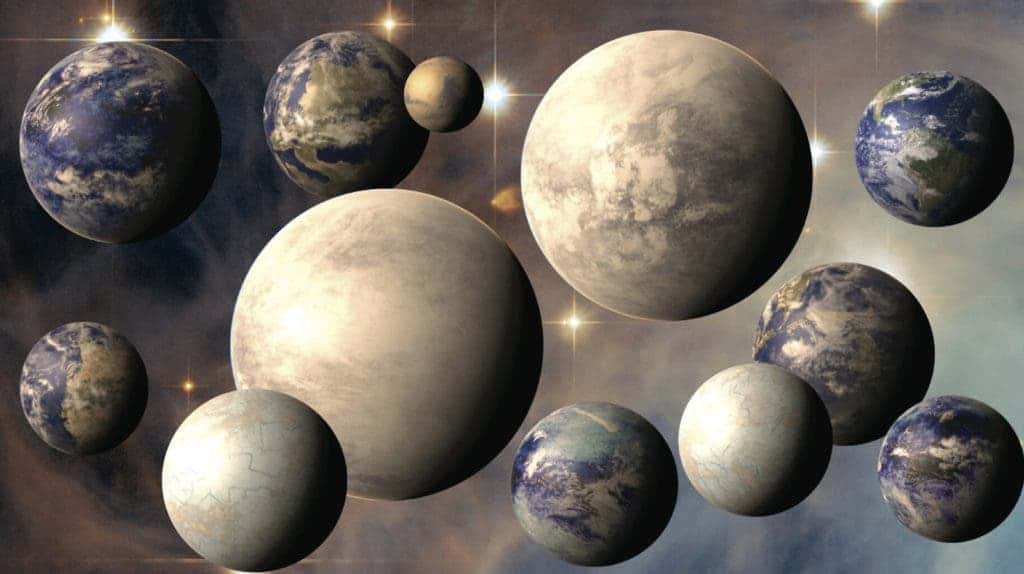A team of Japanese researchers has confirmed the discovery of 15 new exoplanets, orbiting around red dwarfs — including a system of three super-Earths, one of which appears to be located in the star’s habitable zone.
In 1992, two radio astronomers reported the discovery of the first known exoplanet outside our solar system. Since those early days, our hunt for exoplanets — planets orbiting a star other than our Sun — has progressed tremendously, with NASA’s latest count confirming 3,706 exoplanets, and many more candidates awaiting further scrutiny. Now, we can add 15 more to that count.
The findings (published in two papers in The Astronomical Journal) are based on data from NASA Kepler spacecraft’s second mission, K2. All of them orbit stars called red dwarfs, small and relatively cool stars. This is noteworthy because finding a planet around such a low luminosity star is much more challenging than finding a similar planet around a brighter star, like our Sun.
“It’s important to note that the number of planets around red dwarfs is much smaller than the number around solar-type stars,” says Teruyuki Hirano of Tokyo Institute of Technology’s Department of Earth and Planetary Sciences. “Red dwarf systems, especially coolest red dwarfs, are just beginning to be investigated, so they are very exciting targets for future exoplanet research.”
Three of the newly-discovered planets are so-called super-Earths, planets with a mass between 1.5 and 2 Earth masses. The term refers only to the mass of the planet and does not imply anything about the surface conditions or habitability. Out of these three, one (K2-155d, with a radius 1.6 times that of Earth) is apparently in the so-called habitable or Goldilocks zone, orbiting its star at just the right distance to be able to support liquid water. However, there’s no guarantee that this is actually the case, as several other parameters can influence a planet’s temperature. Hirano says, “In our simulations, the atmosphere and the composition of the planet were assumed to be Earth-like, and there’s no guarantee that this is the case.”
However, it’s encouraging that these planets were discovered around metal-rich stars, just as previous research predicted. There seems to be a connection between the size of the planets and the amount of metal in the host star.
“Large planets are only discovered around metal-rich stars,” says Teruyuki Hirano, lead researcher of the team. “And what we found was consistent with our predictions. The few planets with a radius about three times that of Earth were found orbiting the most metal-rich red dwarfs.”
Researchers now want to carry out a more precise estimate of the radius and temperature of K2-155 star, around which the three super-Earths orbit, in order to definitely conclude whether K2-155d is habitable. However, achieving this precision requires a different approach, using techniques like interferometry.
The research was published in two articles in The Astronomical Journal.











